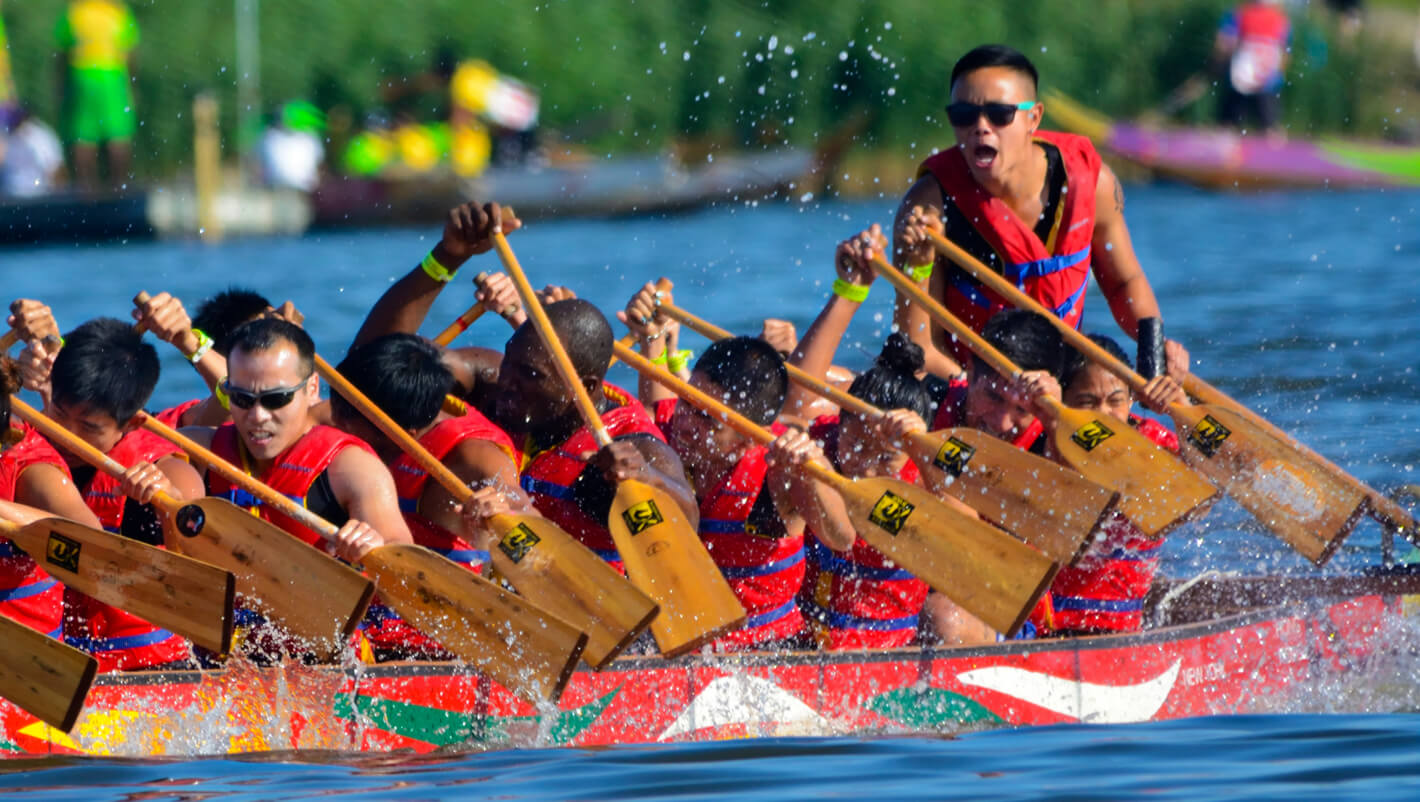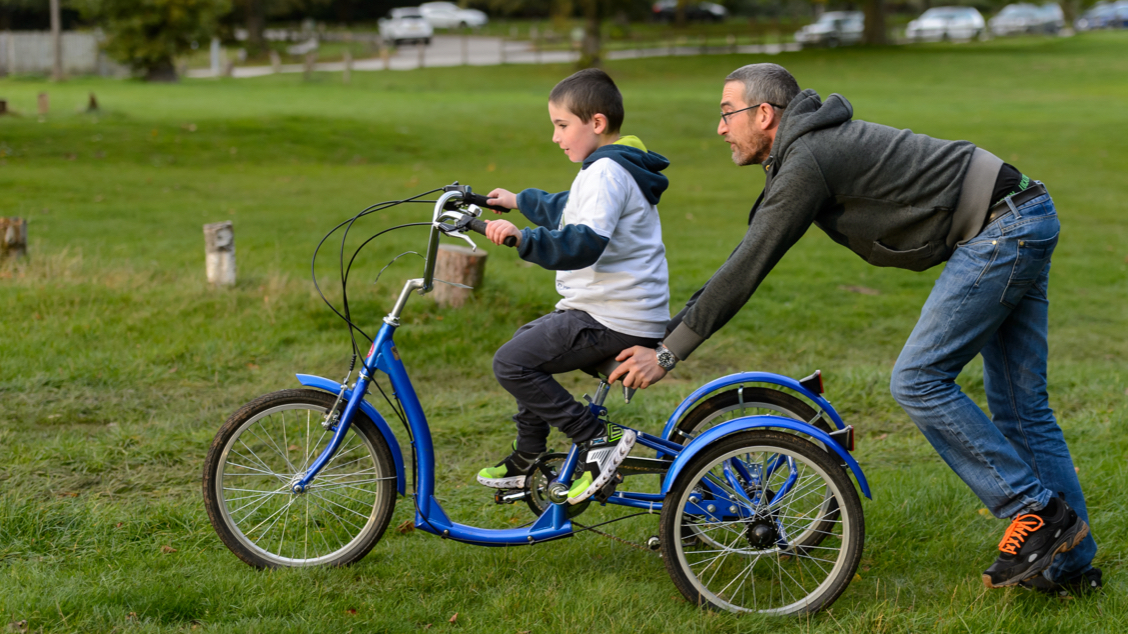Timeline
Designing a process is not time intensive but will ensure that you have considered all factors in advance of recruitment. Outlining key dates to panel members and to candidates at the start of the process is key.
Typical stages in a recruitment process:
- Planning – considering your needs, conducting a skills matrix, designing the process, developing your materials
- Advertising and engagement – consider different platforms for inclusive recruitment; make sure your recruitment information such as application forms are designed accessibility and consider developing accessible formats ensure enough time for candidates to see your opportunity and apply
- Longlisting applicants
- Interviewing – consider diverse experience; relevant areas of motivation, values, skills
- Shortlisting candidates that match the original agreed criteria
- Offer and appointment
- Induction and onboarding
An ideal timeline could be 12 weeks from steps 2-6.
Inclusive recruitment
Recruitment panel
Constitute a diverse and representative nominations committee (to whom decision-making powers are delegated). Panels should have a balance of experience and direct relevance to the recruitment. If necessary, organisations could consider inviting individuals to provide support. This could be someone who knows the organisation well, from the membership community, partner organisations, a senior volunteer or another stakeholder.
Maintaining momentum
Ensure there isn’t too much of a lag between different phases in the process. A protracted or delayed process runs the risk of good candidates either losing interest, or taking up another role.

Recruitment in action
Work backwards from when you need the candidate to join and fix the dates for:
- Job Description being ready;
- panel selection;
- advertising;
- closing date;
- shortlisting;
- interview dates;
- and decisions.
Get panel dates in everyone’s diaries early.
If the interviews are likely to be in person, book accessible rooms for interviews at the same time - make sure the venue is accessible including toilets and parking. Check that it is accessible via public transport.
Be sure to ask candidate if they have communication or accessibility requirements before and in enough time to arrange changes or support.
Check the calendar for conflicts, team members’ annual leave, school holidays, religious holidays and bank holiday calendars.
Check with colleagues for comms and other significant events in the organisation. Depending on who is helping with the recruitment, what is their capacity like through the planned timeline?
Communicate the key dates from closing to decision with candidates in the recruitment pack.
At SportsAid, we have long believed that diversity equals excellence. Only with a diverse range of people at every level can organisations truly reach their full potential.
The programme has allowed us to bring in exceptional leaders from the private sector who have helped us challenge our processes and create structures and systems that are inclusive to all.
Measuring success
A well-designed process means engaged candidates. It’s important to remember that success in the process is not just about the successful candidate, but also the relationships with other candidates in the process. Candidates who have a positive impression of the organisation through a well thought out and supportive process may go on to be ambassadors, supporters, staff or future board members and it’s critical that candidate care is embedded in the process.
Candidates respond to:
- Helpful and regular communication
- Notifications of successful and unsuccessful applications and stage progression.
- A timeline of the hiring process.
- Human contact after application.
Candidates feel disappointed when:
- Needlessly long application processes.
- Lack of communication.
- The hiring process is too long.
- No confirmation emails.
- No means to contact the recruiter.
Engagement with key individuals at the organisation can also be the difference between your preferred candidate accepting or rejecting the opportunity, so it’s important to be flexible and accessible as required.
Expert help
A search firm can help in planning and project managing the process. This covers a range of elements including:
- developing collateral for advertising
- providing guidance on best practice around inclusive recruitment
- advising on advertising text and relevant platforms
- handling candidate care and communications
- logistics around managing diaries, applications, and interviews.
Executive search firms will also focus on candidate engagement and support through the process, which is important for individuals to have a good experience of the recruitment process, and form a positive impression of the organisation they’re applying to.
We are seeing more people use blind recruitment as a part of the process, and a search firm, or blind recruitment platform can run this process on your behalf.
